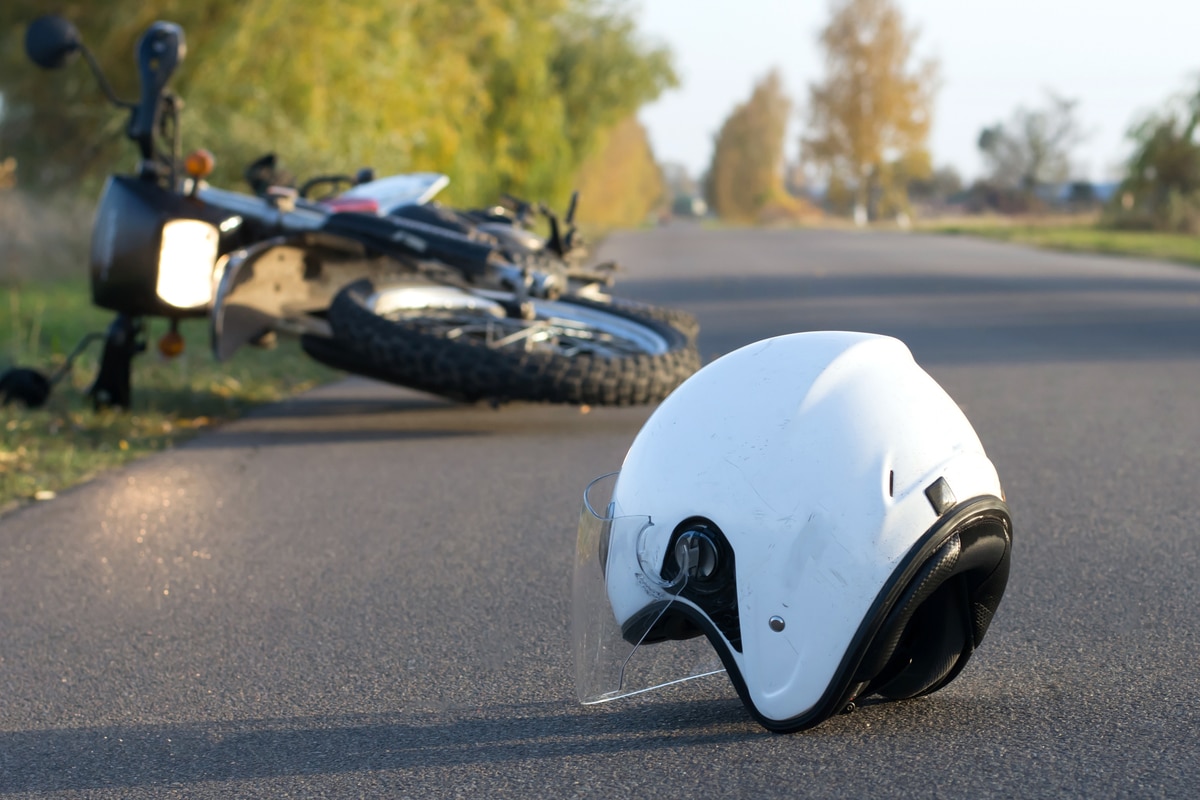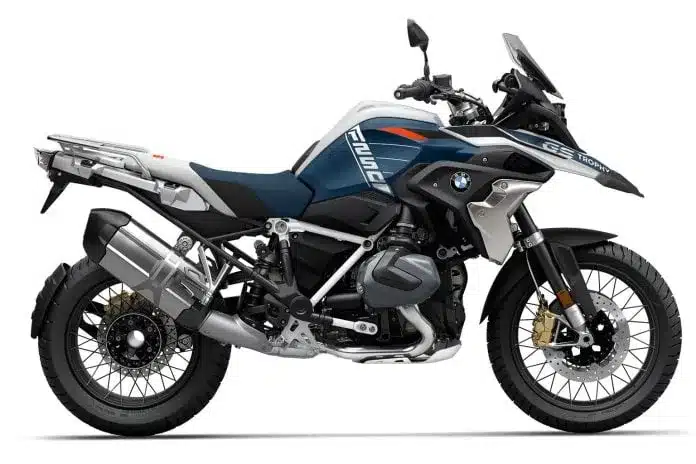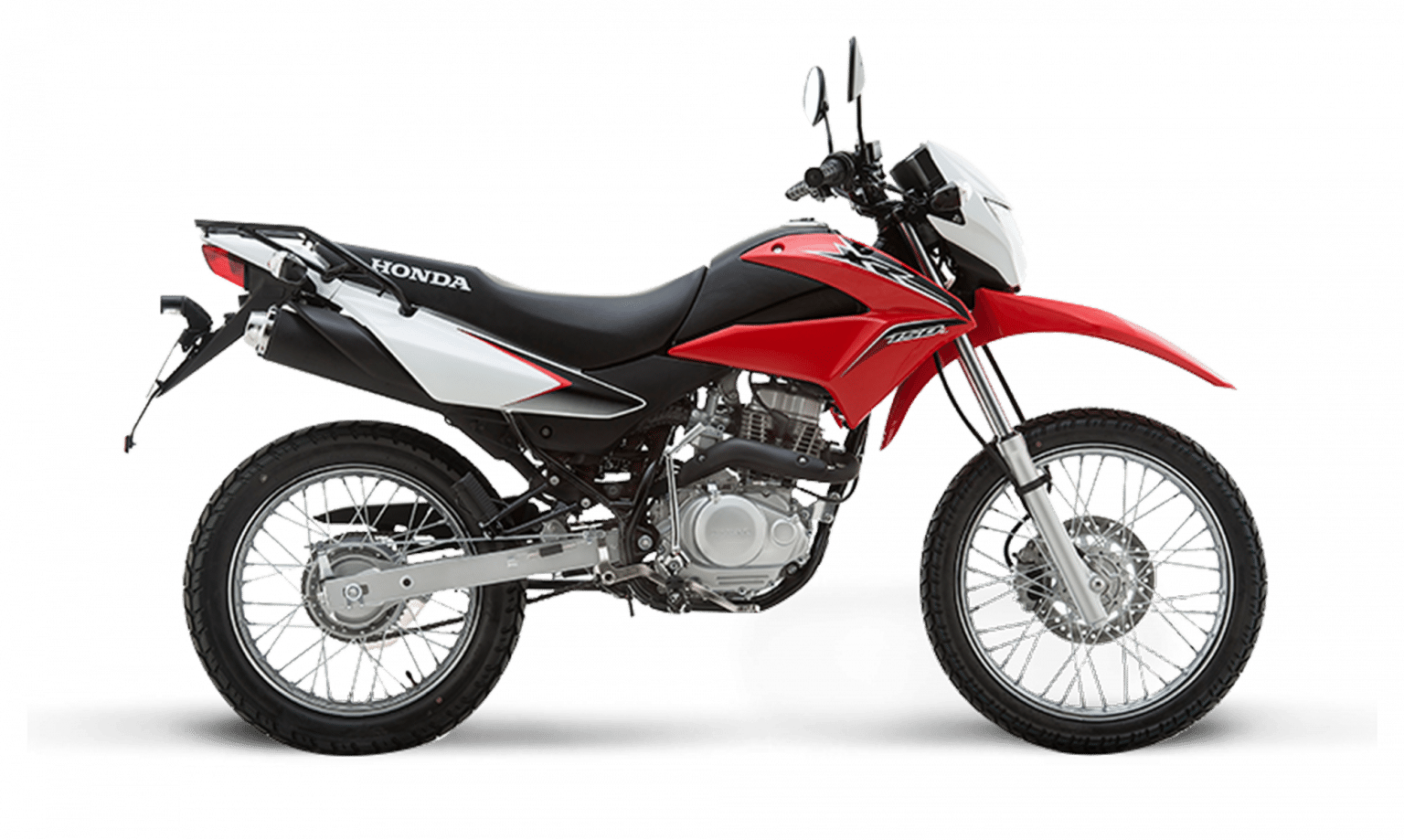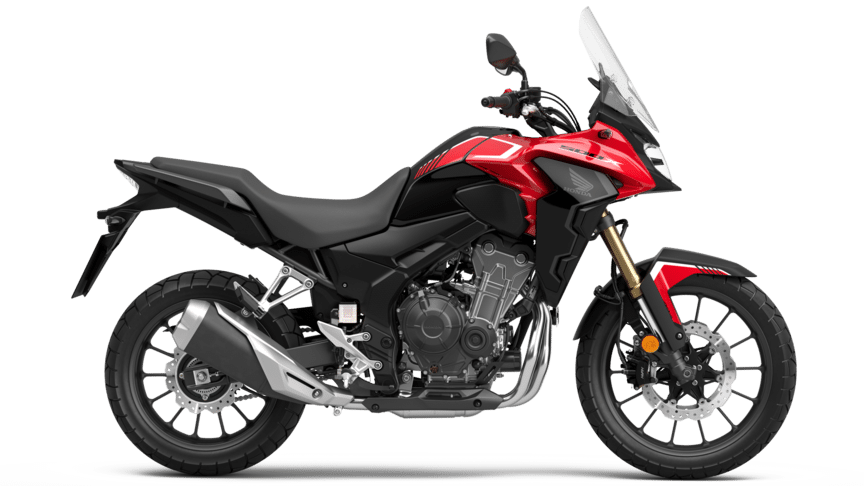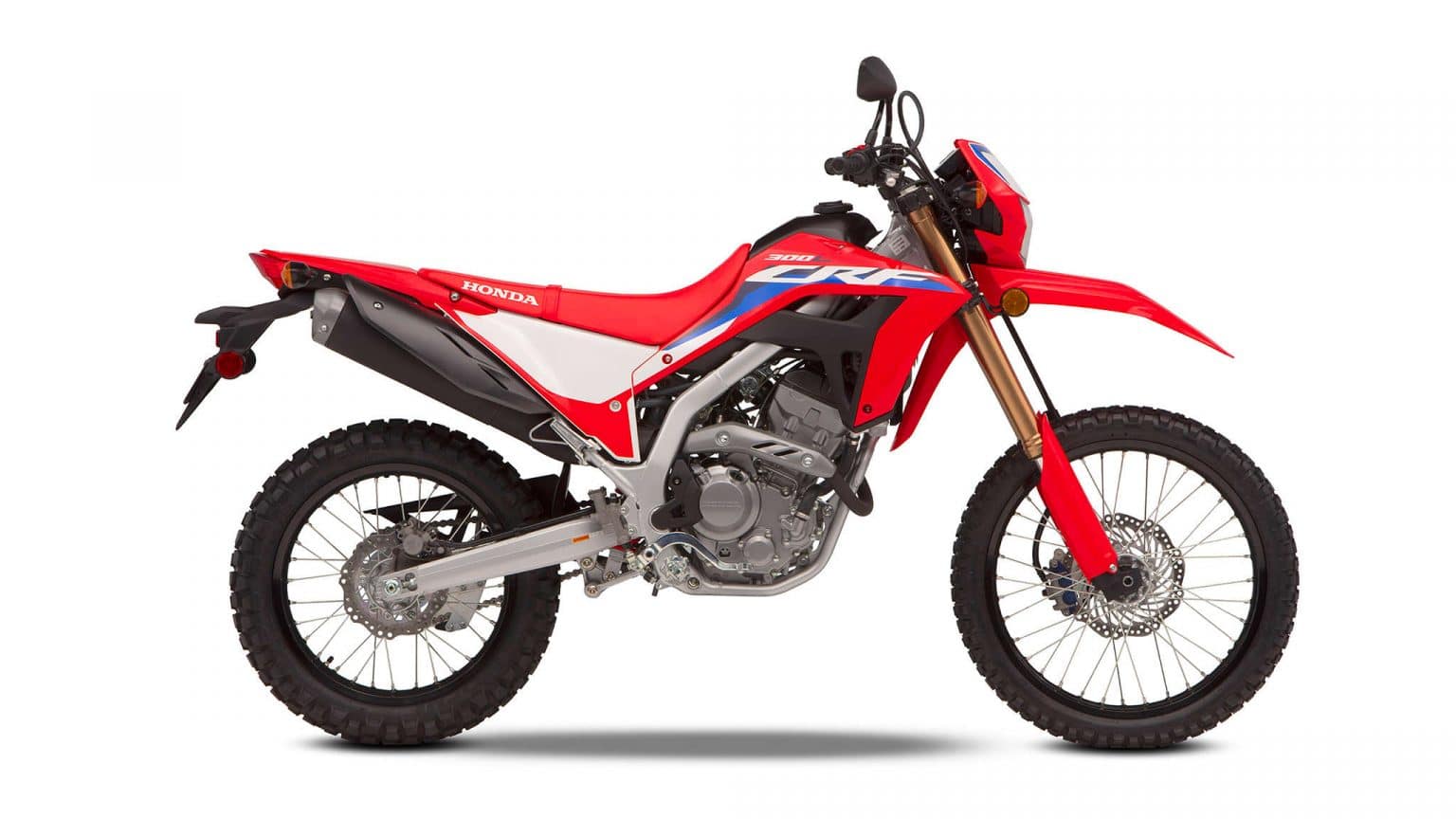The overwhelming majority of scooter accidents are caused by four key issues, according to the Motorcycle Safety Foundation (MSF). Here’s how to conquer this short list and increase your safety on the road.
In most scooter accidents, you’ll find one or more of the following likely played a part:
- Collision at an intersection
- Rider Inexperience
- Excessive speed
- Alcohol
Here’s how to deal with each of these trouble spots so you can be on your way to the safest ride possible.
Collision at an Intersection
Be Vigilant at Intersections
The vast majority of scooter/car collisions happen at an intersection. Being vigilant at intersections and increasing your visibility to cars minimizes your chances of becoming a part of this statistic.
A good rule of thumb: pretend you are invisible, and assume every car is going to turn in front of you. Riding in this way saves me, literally, on a daily basis.
Make Yourself More Visible
There are many ways to increase your visibility to other vehicles and decrease your likelihood of a collision.
Choose lane position wisely: You want to choose the lane where you’re most visible, and then ride in best position within that lane. The ideal location will vary based on riding conditions.
Use bright colors and reflection: A brightly-colored helmet or jacket helps you stand out during the day. Yellow, red, and white are obviously more visible than navy and black. At night, that same helmet and jacket can be embellished with reflective tape, decals, stripes, and piping.
Boost your illumination: Be sure your headlight, brake lights and turn signals are working correctly – ideally, before you ride each day. If your headlight or brake lights are not very bright, you can replace them with halogen and/or LED equivalents. Better illumination increases your ability to see and be seen on the road.
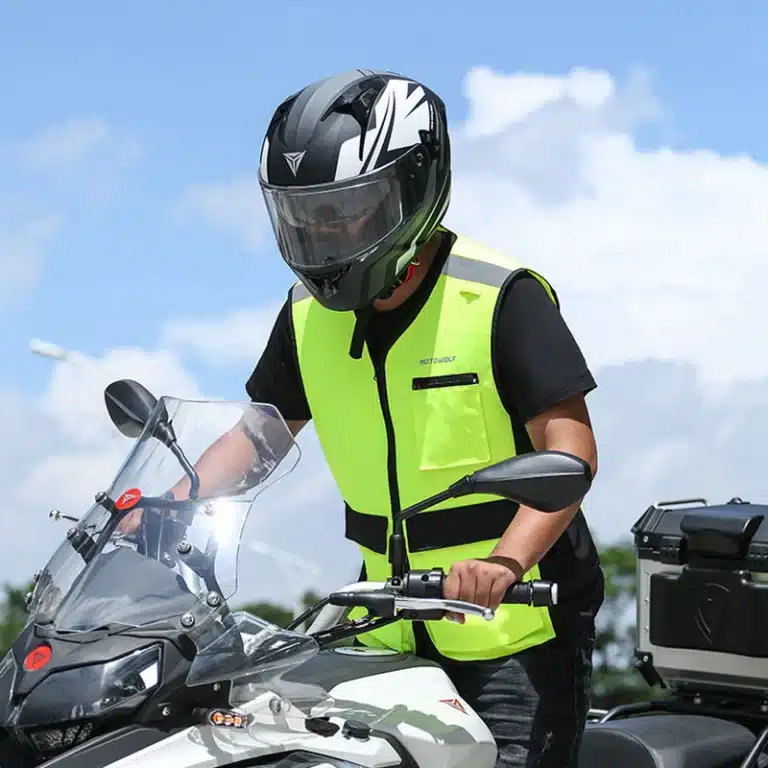
Rider Inexperience
Ride within your Ability
Stay in control: Novice riders can reduce their risk and be more safe by riding within their ability. This means traveling at a speed that gives you total control of your scooter, and avoiding routes that require highly-technical riding skills, like twisty turns, loose gravel, or bridges, until you’re ready.
Use extra caution at night and in the rain: If you’re new to riding at night, take short trips with minimal traffic until you’re comfortable and confident. Same for riding in the rain. Your scooter handles differently in rain – braking, cornering and even accelerating. Rain can also inhibit your ability to see clearly.
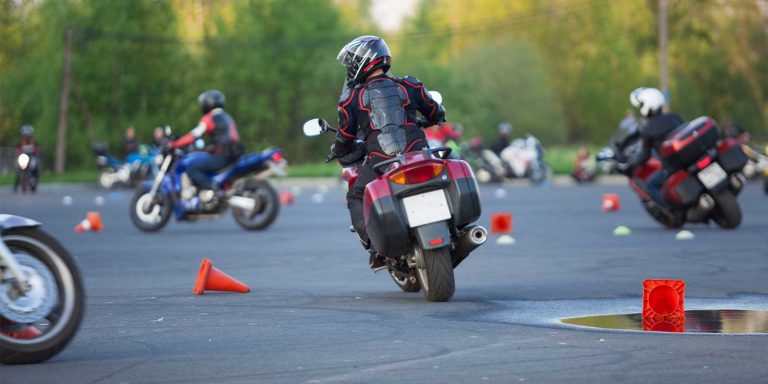
Practice your riding skills: I’ve found it helpful to practice technical riding skills in a big parking lot on a weekend with minimal cars. When I get a new scooter, or even new tires, I like to go down to the empty university parking lot and play a bit. You can practice turning and braking, get used to riding on wet pavement, and figure out how far you can lean the scooter while maintaining your balance.
Knowing the limits of your scooter increases your confidence and ability on the road. Learning how to survive a skid in a controlled environment is gentler on the heart than a crash course during rush hour traffic. As always, I speak from highly personal experience.
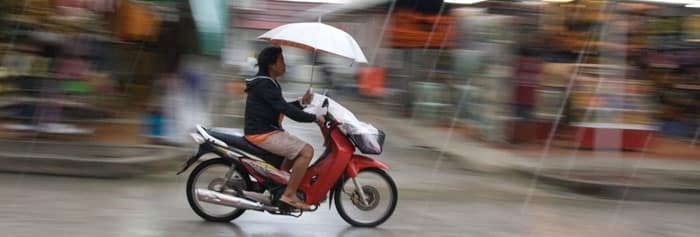
Excessive Speed
Keep Your Speed in Check
The faster you are traveling, the less time you have to react. Other people on the road also have less time to react to you. Speed also affects your cornering. The faster you are going, the longer it takes to stop. Braking at high speed also increases your chances of a wipeout.
Keep to the speed limit, and less when necessary. Remember that speed limits are designed for cars and you may need to be traveling a little slower, especially in construction areas or twisty turns.
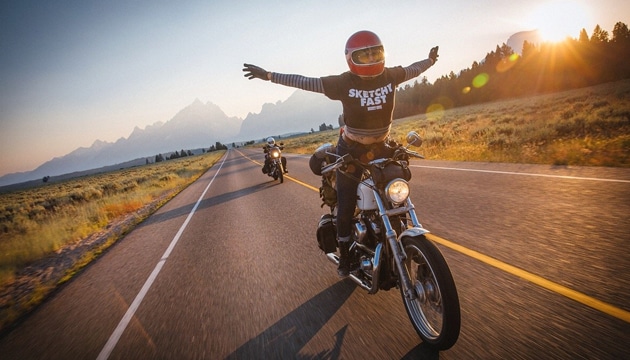
ALcohol
Don’t Drink and Ride
This goes without saying, but apparently it has to be said since a scary percentage of two-wheeled accidents involve an inebriated rider.
Even one drink can impair your reaction time, and there’s little room for error on two wheels. When you’re riding a scooter, a little “fender bender” isn’t the likely outcome of any collision.
Drinking and riding is suicide, plain and simple. So don’t be a moron.
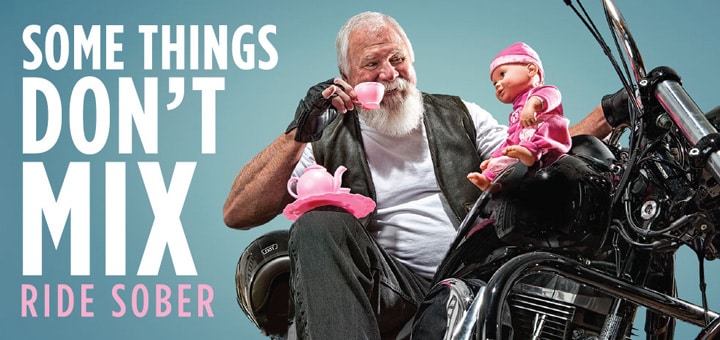
You are the key to your own Safety
The good news is that you can have an enormous impact on your safety by following these guidelines. Many dangerous situations can be avoided. So be vigilant at intersections, ride with in your ability, keep your speed under control, and please don’t drink and ride.
Keep the rubber side down!
Source: scooterlust.com
